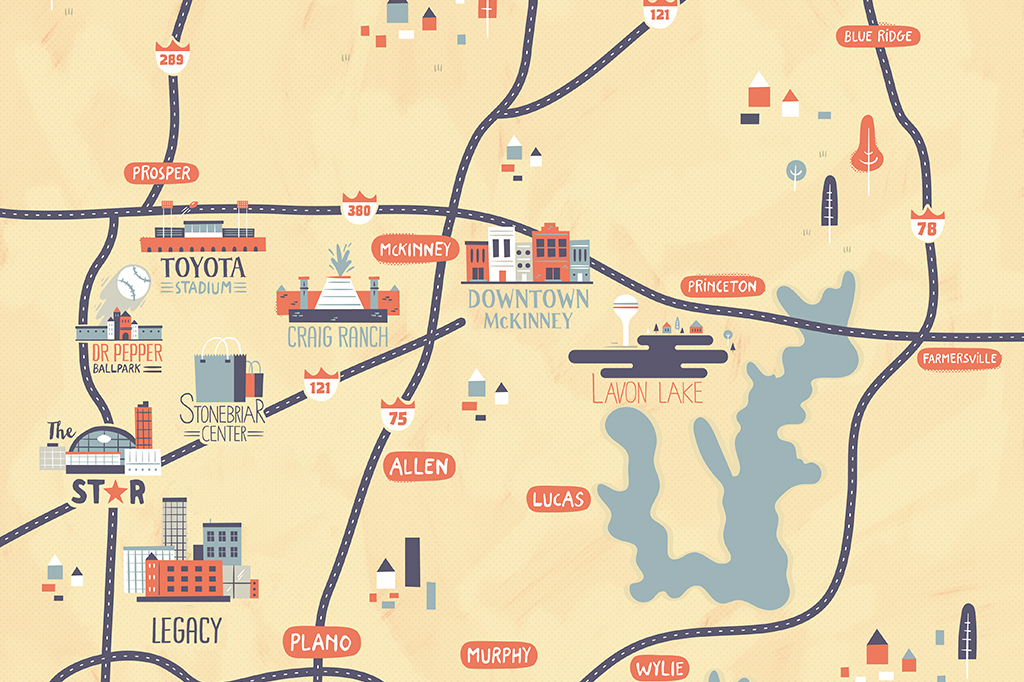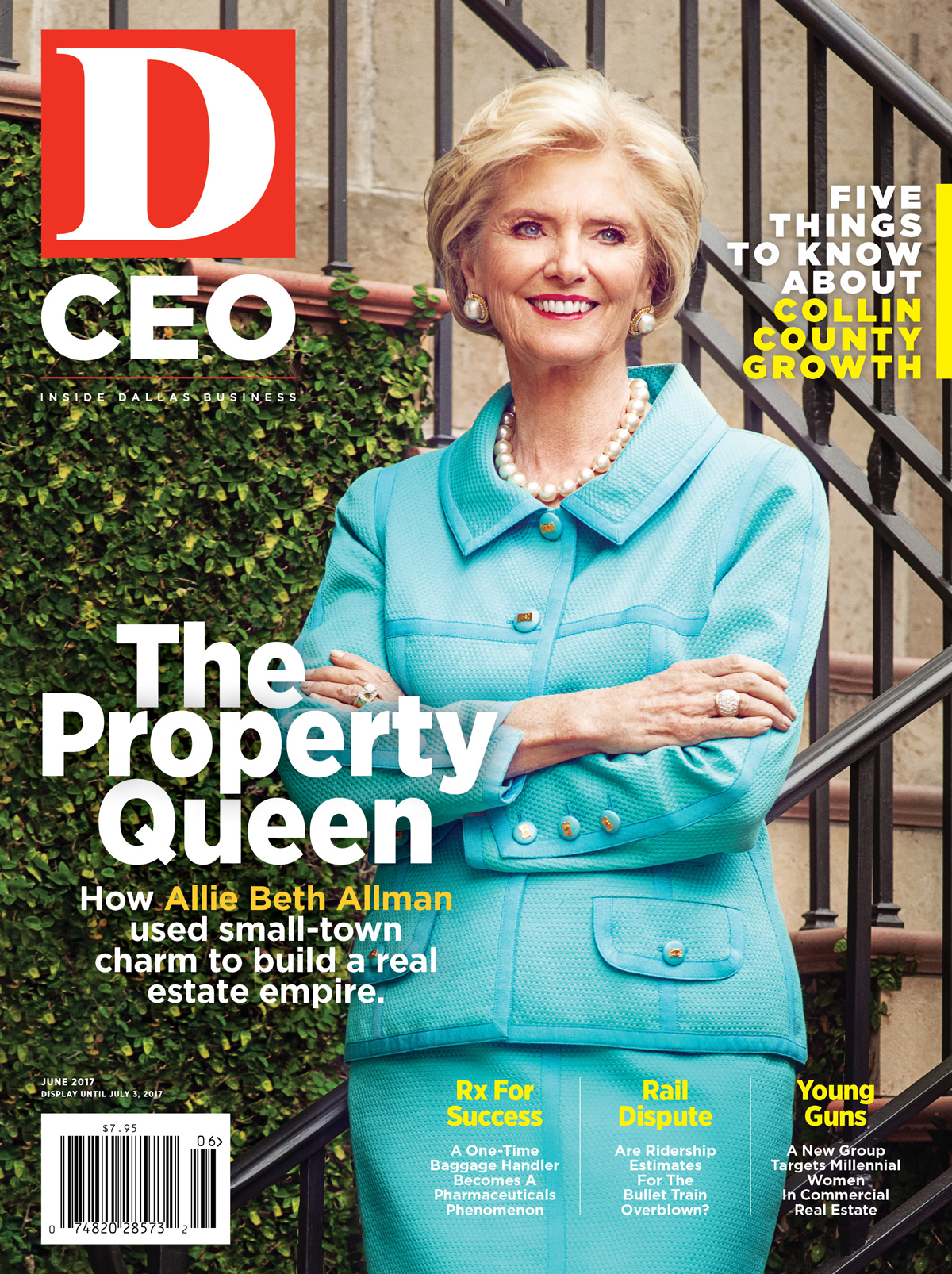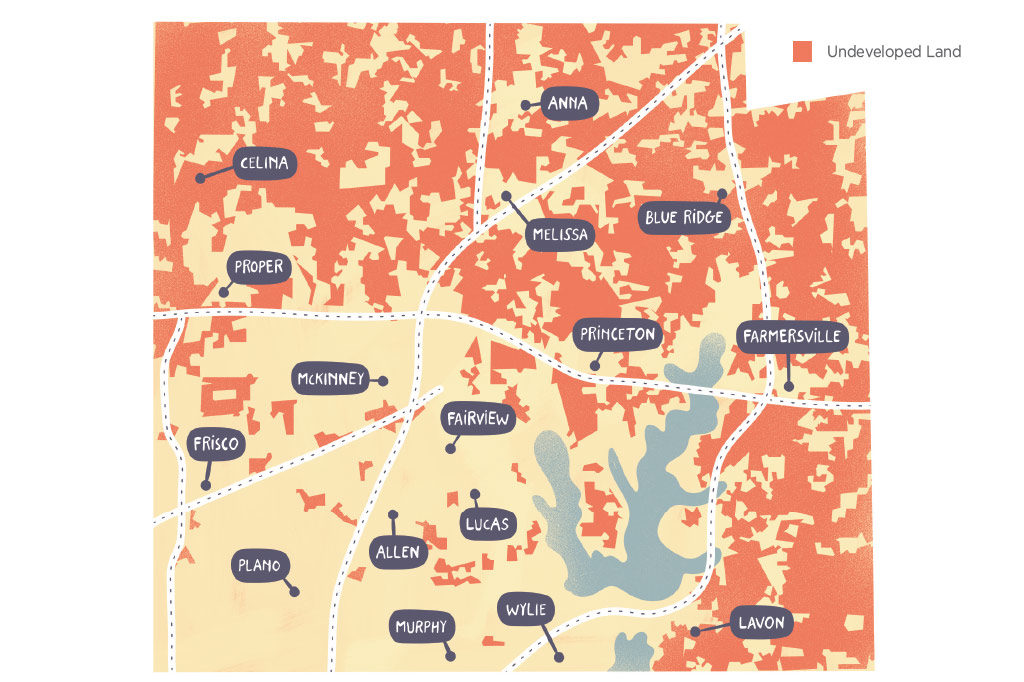The huge Legacy West development in Plano in Collin County has generated most of the buzz lately. But the whole of Collin County is a phenomenal success story, too. By some accounts, the fast-growing county north of Dallas County already may have more net rentable property area than Uptown and downtown Dallas combined. With a current population of about 940,000, Collin County has grown by more than 45 percent since 2000, and the total is expected to hit nearly 3 million by 2040. The county also has added jobs at a remarkable clip, helping lift its median family income to $100,839. By 2054 the county’s expected to boast 1.16 million jobs, up from 325,000 in 2012. So, what’s the secret behind Collin County’s boom? How has all the growth affected existing businesses there? How has it impacted housing and traffic? And, where will the county grow in the future?
No. 1 — Swapping one address in DFW for another
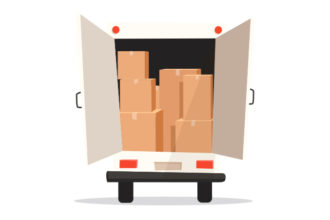
Besides luring out-of-state companies like Toyota, Collin County has become a hot spot for companies consolidating or moving their operations within Dallas-Fort Worth. Among them: Liberty Mutual, JPMorgan Chase, the Dallas Cowboys, and insurer FM Global. The county’s workforce, schools, and housing are attractive to these firms, but so too is its low-cost tax structure. Says County Judge Keith Self: companies “can move across the street and lower their … tax by half.” Rhode Island-based FM Global, which is moving its local operation from the Granite Park Two building in Plano to the Cowboys’ nearby new Star complex (below), was attracted by the facility’s “wow” factor. “Our whole company is excited for us to be moving to The Star,” says Kevin Bradshaw, FM Global’s western division manager. “We think it will help us recruit.”
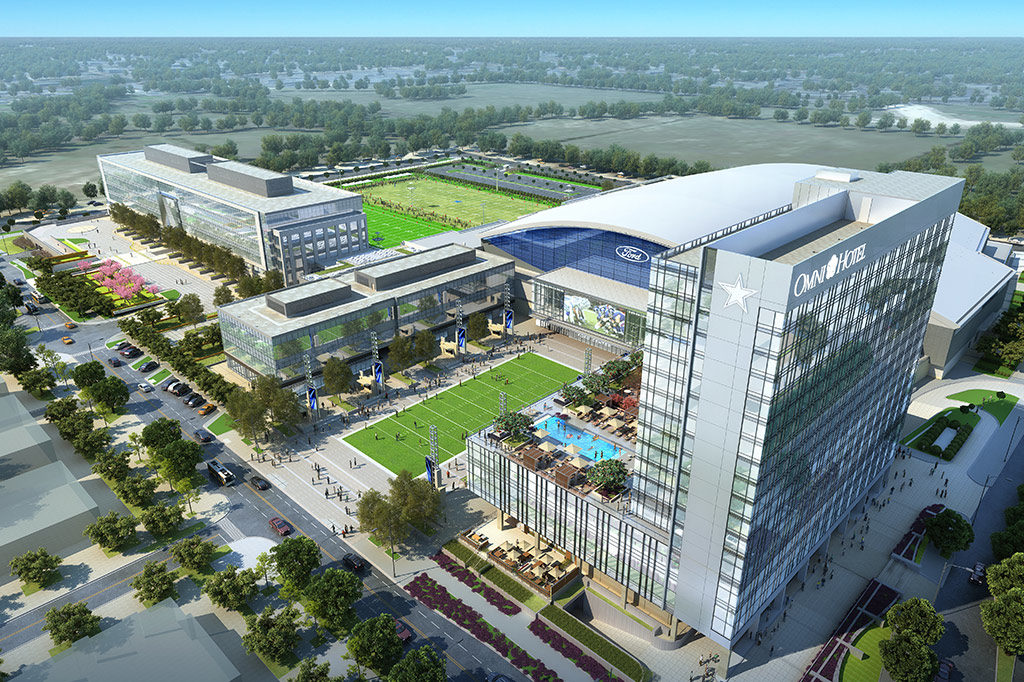
No. 2 — How has all the growth affected existing businesses?
Mike Brosin
Managing Partner

Rachel Fischer
General Manager

Jamie Schell
CEO and Owner
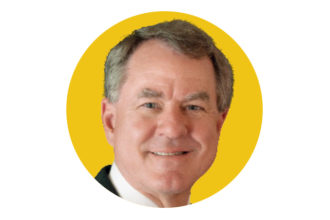
No. 3 — A seller’s market for single-family homes and apartments
Along with Collin County’s booming business activity, demand for single-family homes in the county has skyrocketed over the last five years. According to the Collin County Association of Realtors, median sales prices jumped from $190,100 to $300,000 between January 2012 and this past January, while the inventory of homes for sale plummeted by 30 percent. Axiometrics also says the county in March boasted a strong apartment market, with a 94.3 percent occupancy rate, rents averaging $1,194, and 4,407 new units expected to be added this year, up from 2,626 in 2016. According to County Judge Self and Dan Tomlin Jr. of Tomlin Investments, all the new single-family housing action’s in the “growth corridor” between the Dallas North Tollway and U.S. 75—homes in Prosper already top $500,000—and the likes of North McKinney, Celina, Anna, and Melissa are tomorrow’s hot spots.
No. 4 — How much land is left to put new stuff on — and where is it?
Source: The GIS Department of the Collin Central Appraisal District; Map Illustration: Shaw Nielsen
No. 5 — So, where’s the worst traffic?

What’s The Remedy?
Officials want an “outer loop”—that’s good, because trucks would be diverted—but also to turn other roadways into major highways. That’s the worst possible solution. What’s really needed: more density in the urban cores, more walkable neighborhoods, more trolleys and express buses.
* Average Daily Traffic Count | Source: D CEO Research


